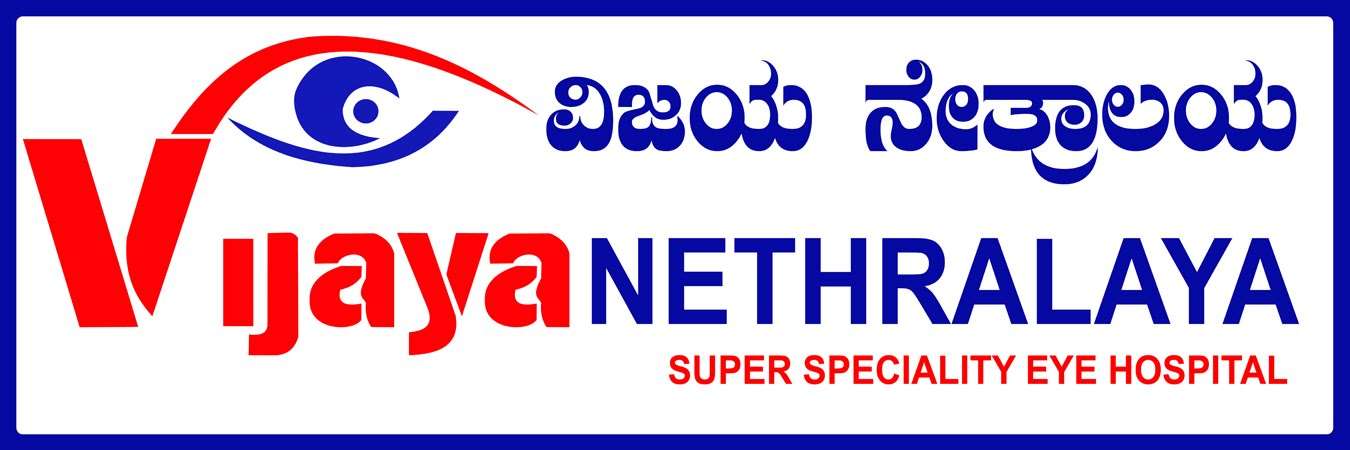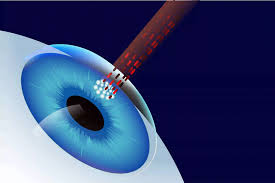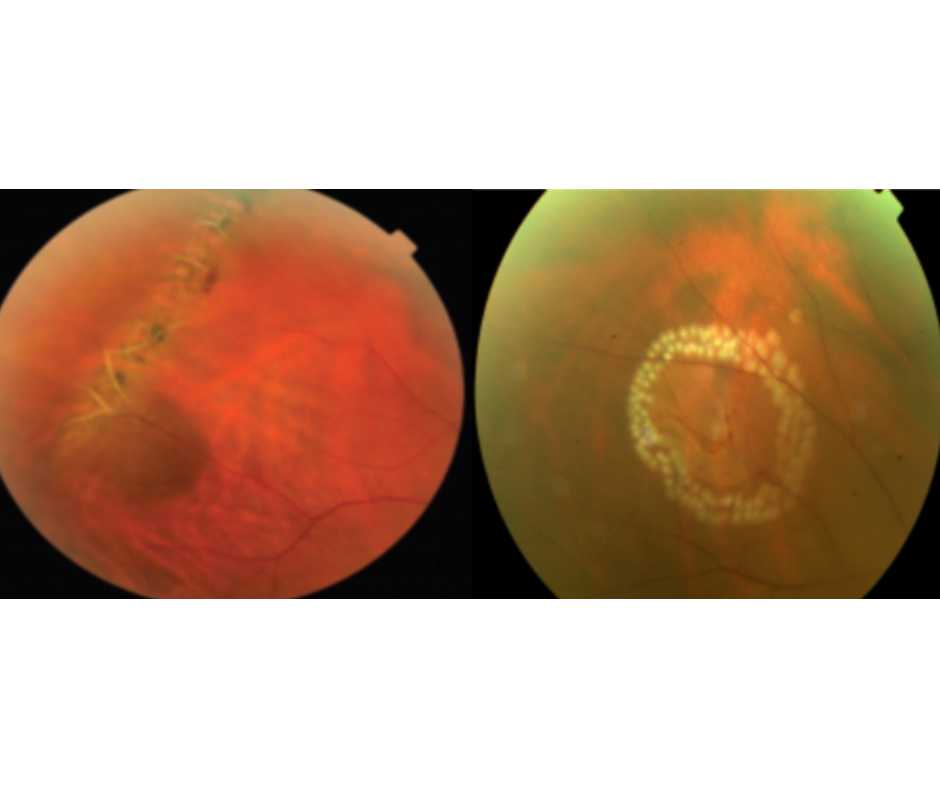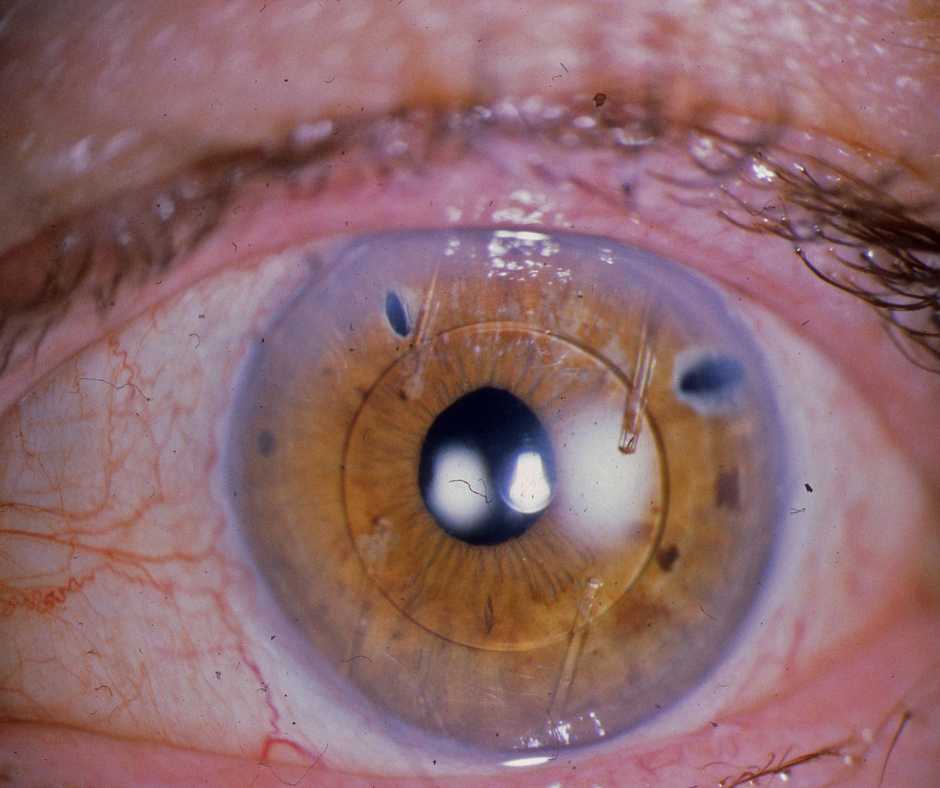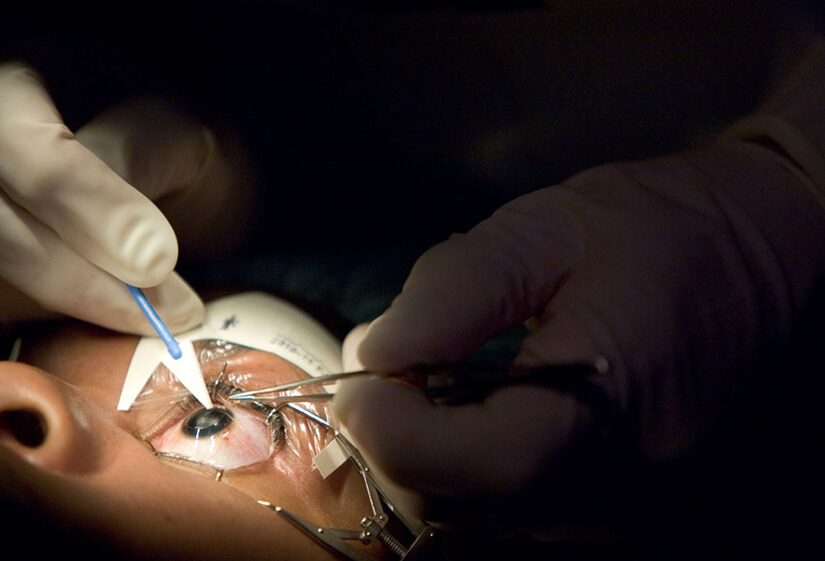Introduction to Silk Laser Eye Surgery
Vision correction surgeries have significantly advanced in recent decades, providing millions worldwide with the chance to enjoy clearer vision without relying on glasses or contact lenses. Among the latest breakthroughs in this field is Silk Laser Eye Surgery, a cutting-edge procedure designed to deliver greater precision, quicker recovery, and enhanced safety.
In this article, we will delve into what Silk Laser Eye Surgery is, how it works, its benefits, and compare it with other popular procedures like LASIK and SMILE. We will also explore the cost of this surgery, its success rates, and answer common questions to help you determine if Silk Laser Eye Surgery is the right choice for you.
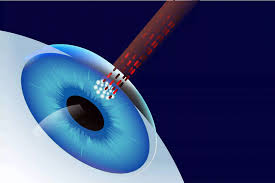
Understanding Refractive Errors and Their Impact
Before diving into the details of Silk Laser Eye Surgery, it’s important to first understand what refractive errors are and how they affect vision.
What are refractive errors?
Refractive errors occur when the shape of your eye prevents light from focusing properly on the retina, leading to blurred vision. The main types of refractive errors are:
- Myopia (nearsightedness): A condition where distant objects appear blurry because light focuses in front of the retina.
- Hyperopia (farsightedness): A condition where close objects appear blurry because light focuses behind the retina.
- Astigmatism: An irregular curvature of the cornea or lens causes blurry or distorted vision at all distances.
These conditions can significantly impact daily life, making it difficult to see clearly without corrective lenses. Laser eye surgery aims to correct these refractive errors, reducing or even eliminating the need for glasses or contacts.
What is Silk Laser Eye Surgery?
Silk Laser Eye Surgery is an advanced, state-of-the-art refractive surgery designed to correct common vision problems such as myopia, hyperopia, and astigmatism. It represents the latest innovation in laser vision correction, combining precision with minimally invasive techniques to improve safety and results.
Evolution of Laser Eye Surgery
Laser vision correction has evolved significantly since the first successful LASIK procedure in the 1990s. While LASIK was the gold standard for many years, newer techniques like SMILE (Small Incision Lenticule Extraction) and now Silk Laser Eye Surgery have been developed to address some of the shortcomings of earlier methods, such as recovery time and the risk of complications.
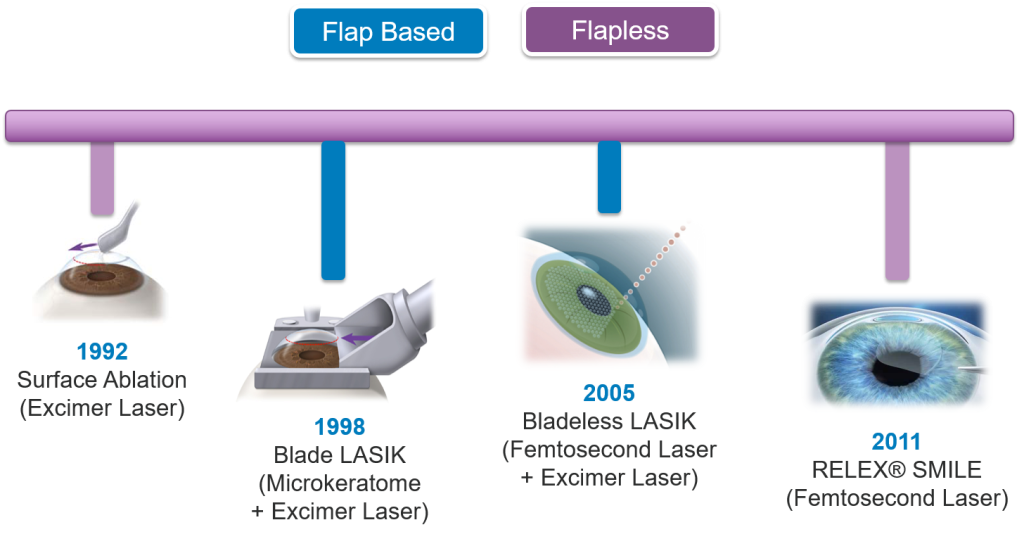
How Silk Laser Differs from Laser and SMILE
One of the biggest questions people have is how Silk Laser Eye Surgery compares to LASIK and SMILE, two of the most popular refractive surgeries available today.
| Feature | Silk Laser | LASIK | SMILE |
|---|---|---|---|
| Technology | Femtosecond laser with advanced customization | Femtosecond laser & excimer laser | Femtosecond laser |
| Procedure Type | Non-invasive with minimal tissue removal | Corneal flap created & excimer laser used | Small incision, no flap |
| Recovery Time | Faster recovery | Moderate recovery time | Moderate recovery time |
| Suitability for Severe Myopia | Excellent for mild to moderate cases | Excellent for moderate to severe cases | Excellent for mild to moderate cases |
| Risk of Dry Eyes | Minimal | Moderate risk of dry eyes | Minimal |
| Cost | Higher | Moderate to High | Moderate to High |
How Does Silk Laser Eye Surgery Work?
Silk Laser Eye Surgery uses advanced femtosecond laser technology to reshape the cornea in a precise manner, correcting the refractive error without the need for creating a large corneal flap as in LASIK. The procedure is performed using highly sophisticated mapping systems that customize the treatment to the unique characteristics of each patient’s eye, ensuring the best possible outcome.
Step-by-Step Procedure
- Pre-Surgery Preparation: Prior to surgery, your eye doctor will perform a thorough examination to determine if you are a suitable candidate. This includes checking your corneal thickness, measuring your refractive error, and assessing overall eye health.
- Laser Application: During the surgery, the femtosecond laser is used to create a small incision in the cornea. The laser then gently reshapes the cornea to correct the refractive error. The entire procedure typically takes less than 10 minutes per eye.
- Post-Surgery Care: After the procedure, you will be provided with eye drops and instructions for post-surgery care. Most patients experience minimal discomfort and can resume normal activities within a few days.
Precision and Customization
What sets Silk Laser apart from traditional LASIK is its ability to offer a highly customizable treatment. Using advanced wavefront technology, Silk Laser maps the unique irregularities of your eye to ensure the laser is precisely targeted, improving visual outcomes and reducing potential side effects.
Benefits of Silk Laser Eye Surgery
Minimally Invasive
Silk Laser Eye Surgery is minimally invasive, meaning it requires no large incisions or corneal flaps, reducing the risk of complications and speeding up recovery time.
Faster Healing and Recovery
Compared to LASIK, Silk Laser offers quicker healing times due to the minimal disruption of the corneal tissue. Most patients experience improved vision within hours of the surgery, and the full recovery typically takes only a few days.
Enhanced Vision Quality
Patients often report improved visual acuity, even in low-light conditions. Silk Laser’s precision allows for a higher level of customization, resulting in sharper, clearer vision.
Who is an Ideal Candidate for Silk Laser Surgery?
Age and Eye Health Requirements
The ideal candidate for Silk Laser Eye Surgery is generally over the age of 18 and has had stable vision for at least a year. Good overall eye health is essential, and certain conditions like severe dry eyes or corneal disease may disqualify a patient from the procedure.
Pre-Surgical Assessment
A thorough pre-surgical assessment is required to determine if the procedure is right for you. This includes an eye exam, corneal mapping, and assessing your medical history.
Comparison: Silk Laser vs. Laser vs. SMILE
| Feature | Silk Laser | LASIK | SMILE |
|---|---|---|---|
| Technology | Advanced femtosecond laser | Femtosecond & excimer laser | Femtosecond laser |
| Procedure Type | No corneal flap | Corneal flap created | Small incision |
| Recovery | Faster healing | Moderate healing time | Moderate recovery time |
| Dry Eyes Risk | Lower risk | Moderate risk | Lower risk |
| Cost (India) | ₹70,000-₹1,50,000 per eye | ₹50,000-₹1,00,000 per eye | ₹60,000-₹1,25,000 per eye |
Cost of Silk Laser Eye Surgery in Bangalore, India
The cost of Silk Laser Eye Surgery in Bangalore typically ranges from ₹70,000 to ₹1,50,000 per eye, depending on the clinic, surgeon expertise, and technology used. It’s important to note that the price may vary, and some clinics offer financing options or payment plans.
Success Rate and Patient Testimonials
Silk Laser Eye Surgery boasts a high success rate, with clinical studies showing that the majority of patients experience significant improvements in visual acuity. Many real-life patients report satisfaction with the procedure, particularly due to the minimal discomfort and quick recovery times.
Future of Silk Laser Eye Surgery
As technology advances, we can expect even more improvements in the precision, safety, and accessibility of Silk Laser Eye Surgery. The potential for wider adoption of this innovative procedure is high, especially with the growing demand for effective, minimally invasive vision correction.
How to Choose the Right Surgeon?
When considering Silk Laser Eye Surgery, it’s crucial to choose a qualified, experienced surgeon who specializes in laser eye procedures. Look for certifications, patient reviews, and a track record of successful surgeries. Don’t hesitate to ask about the surgeon’s experience with Silk Laser specifically.
Conclusion
Silk Laser Eye Surgery is an exciting advancement in the world of vision correction, offering faster recovery, enhanced precision, and improved safety compared to traditional methods like LASIK and SMILE. With proper evaluation and a qualified surgeon, Silk Laser can be an excellent solution for those seeking clearer vision without the hassle of glasses or contacts.
Author Details:
Dr. Sushruth Appajigowda holds a prominent position as a cornea, cataract, glaucoma, and LASIK surgeon in Bangalore. He serves as the chief cataract and refractive surgeon at Vijaya Nethralaya Eye Hospital, Nagarbhavi, Bangalore. Renowned as one of the finest LASIK surgeons nationwide, he brings with him over 12+ years of experience across multiple LASIK platforms, including ZEISS, ALCON, SCHWIND, AMO, and Bausch and Lomb. Having successfully conducted over 5000 LASIK procedures, Dr. Sushruth holds the title of a Certified Refractive Surgeon and a Fellow of the All India Collegium of Ophthalmology. Furthermore, he stands as a distinguished speaker at various national and international forums, using his expertise to guide you in selecting the most suitable procedure based on your health requirements.
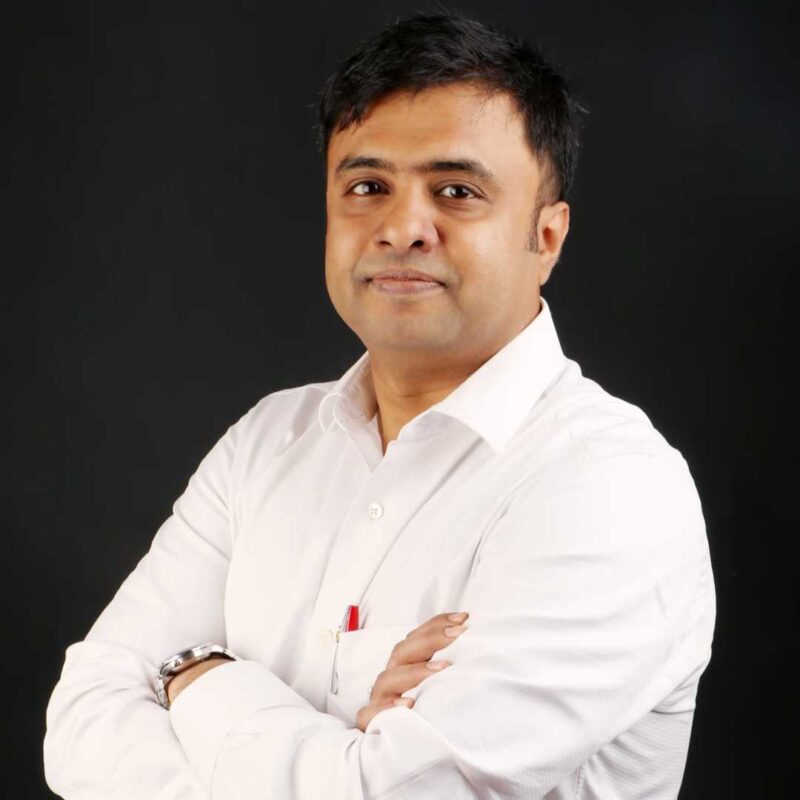
http://vijayanethralaya.com/link-in-bio/
FAQs on Silk Laser Eye Surgery
- Is Silk Laser Eye Surgery painful?
- No, the procedure is minimally invasive, and patients typically experience little to no pain during surgery.
- How long does it take to recover?
- Most patients experience improved vision within hours, and full recovery takes only a few days.
- Is the surgery permanent?
- Yes, Silk Laser Eye Surgery offers long-lasting results, though age-related vision changes may still occur over time.
- Can I drive after Silk Laser Surgery?
- Most patients are able to drive the day after surgery, though it’s important to follow your surgeon’s advice for post-operative care.
